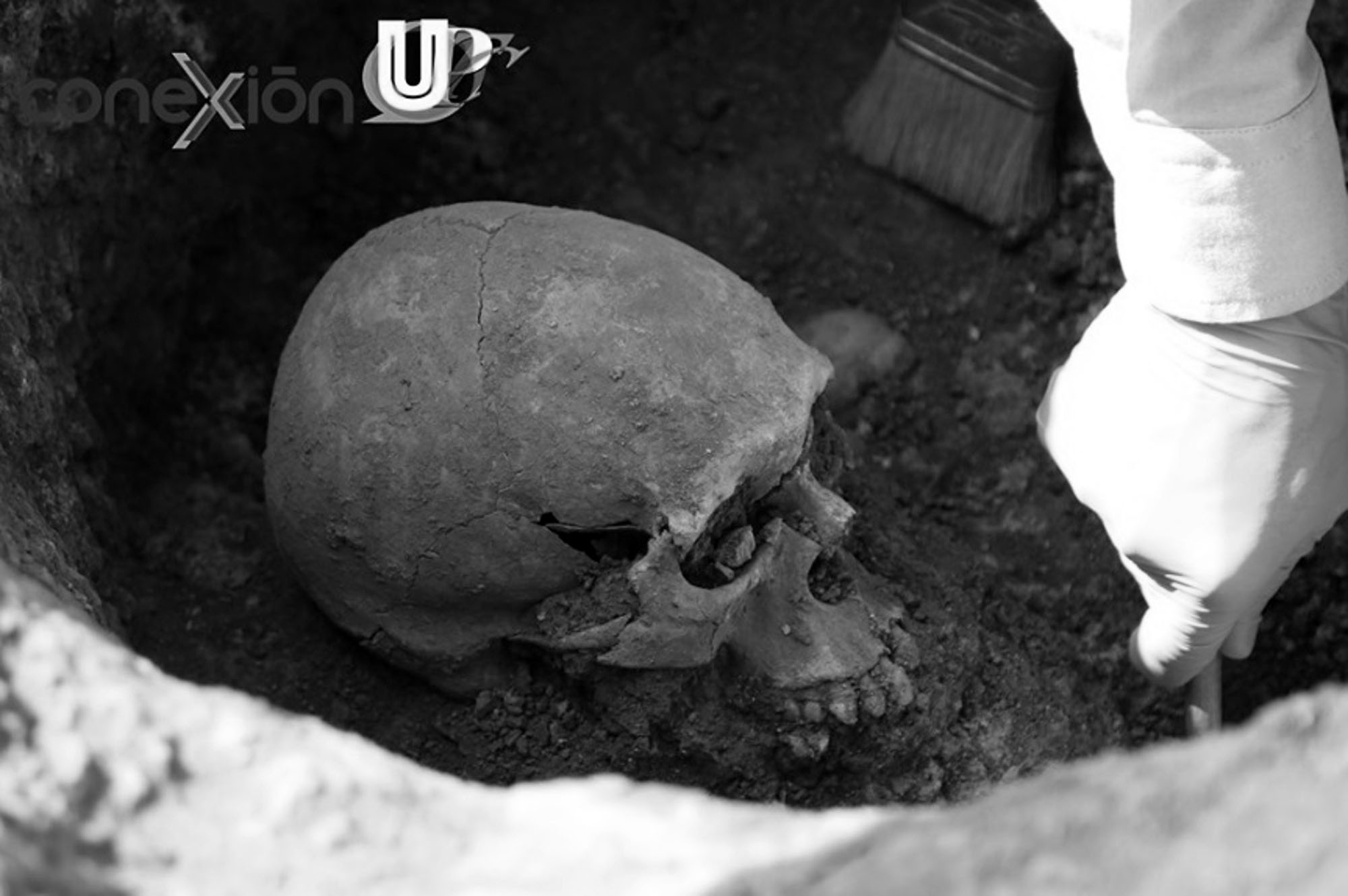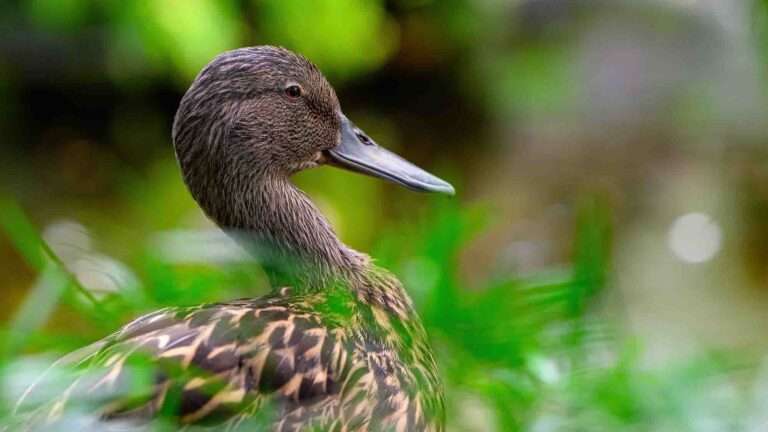Archaeologists have discovered 15 tombs with these skulls and skeletons on the grounds of a Colombian university they believe belonged to a pre-Hispanic indigenous community.
According to the Pedagogical and Technological University of Colombia (UPTC) in the city of Tunja in Central Boyaca Province in northern Colombia, archaeologists found 15 tombs with human remains among building structures and pottery that are believed to date back to the pre-Hispanic era.
The Chief Coordinator of the archaeologists of the excavation project Santiago Martinez told local media: “In the funerary scenes we have found individuals of different ages, both male and female, and in different states of conservation.”
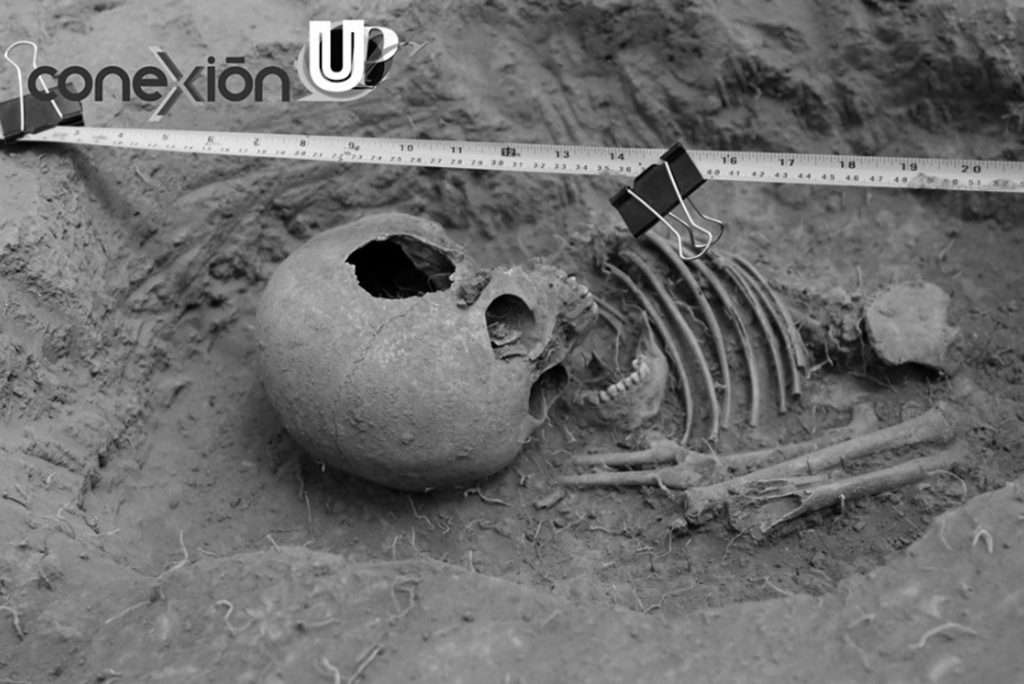
According to the UPTC, a team of archaeologists worked in a field of 1,500 square metres which belongs to the Engineering Faculty of the UPTCA in Tunja.
The archaeological remains were found as part of a project coordinated by the Colombian Institute of Anthropology and History (ICAHN) and approved by the UPTCA.
The 15 tombs were found at a depth of 50 metres and the pottery found next to it reportedly weighs around 500 kilogrammes (1,102 lbs).
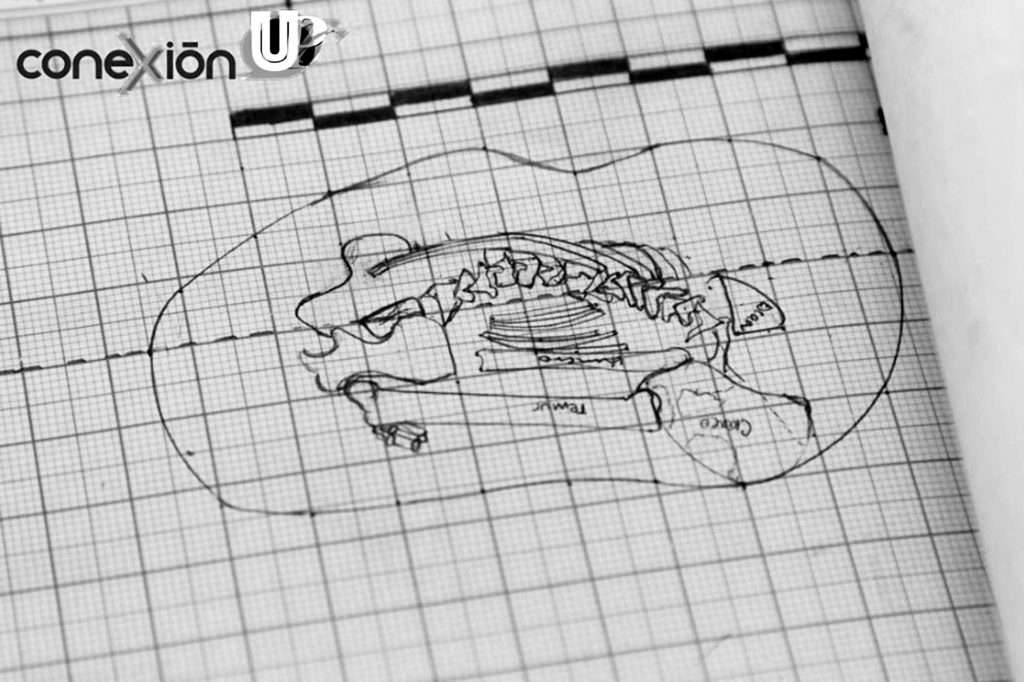
According to experts working in the field, the characteristics of the buildings suggest that the remains might belong to the Muisca civilisation which was found by Spanish conquerors in 1537 and whose origins are still unclear.
The Muisca Confederation, one of the most well-organised confederations formed by different Muisca rulers who occupied the Andean Highland of present-day Colombia before the Spanish conquest.
According to the Colombian Ministry of Internal Affairs, there is currently a population of around 14,000 Muisca indigenous people living in Colombia.
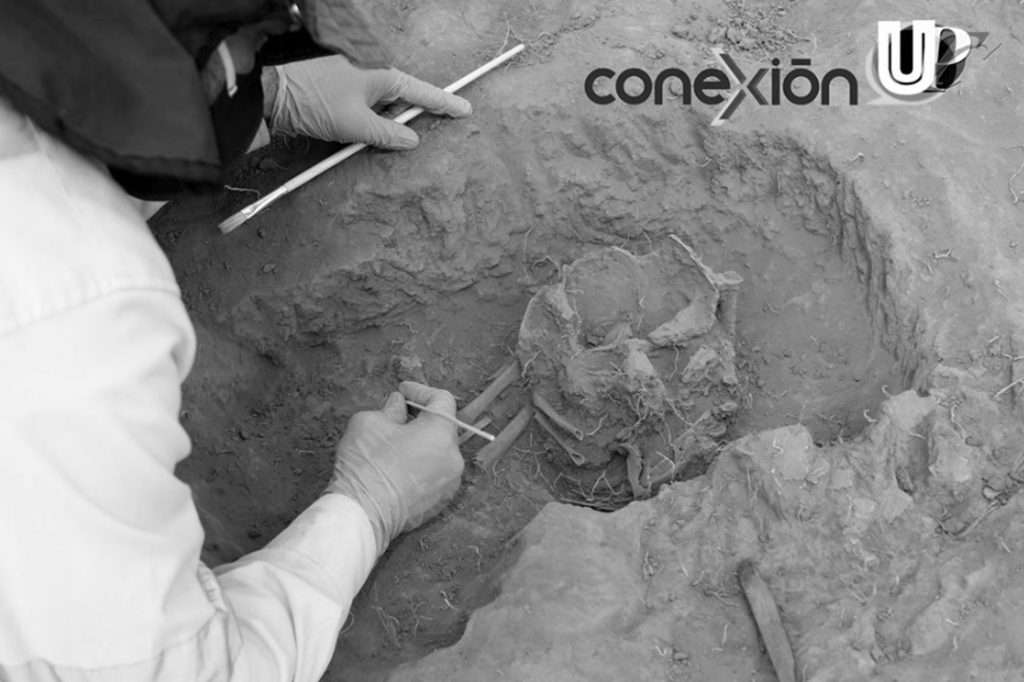
Anthropologist Fabian Alvarez who is also working on the project said: “We have the footprints, the vestiges of the footprints of the house and the graves of the people who probably lived here. Once we have cleaned and classified all these findings they will help us answer a lot of questions.”
The archaeological findings will be handed into the laboratory of the UPTC where they will be used for scientific investigations.
Archaeology Doctor of the UPTC Pedro Mari Arguello Garcia told local media that they are following scientific procedures and methods to recover the remains.
To find out more about the author, editor or agency that supplied this story – please click below.
Story By: Jonathan Macias, Sub-Editor: Joseph Golder, Agency: Central European News
The Ananova page is created by and dedicated to professional, independent freelance journalists. It is a place for us to showcase our work. When our news is sold to our media partners, we will include the link here.

